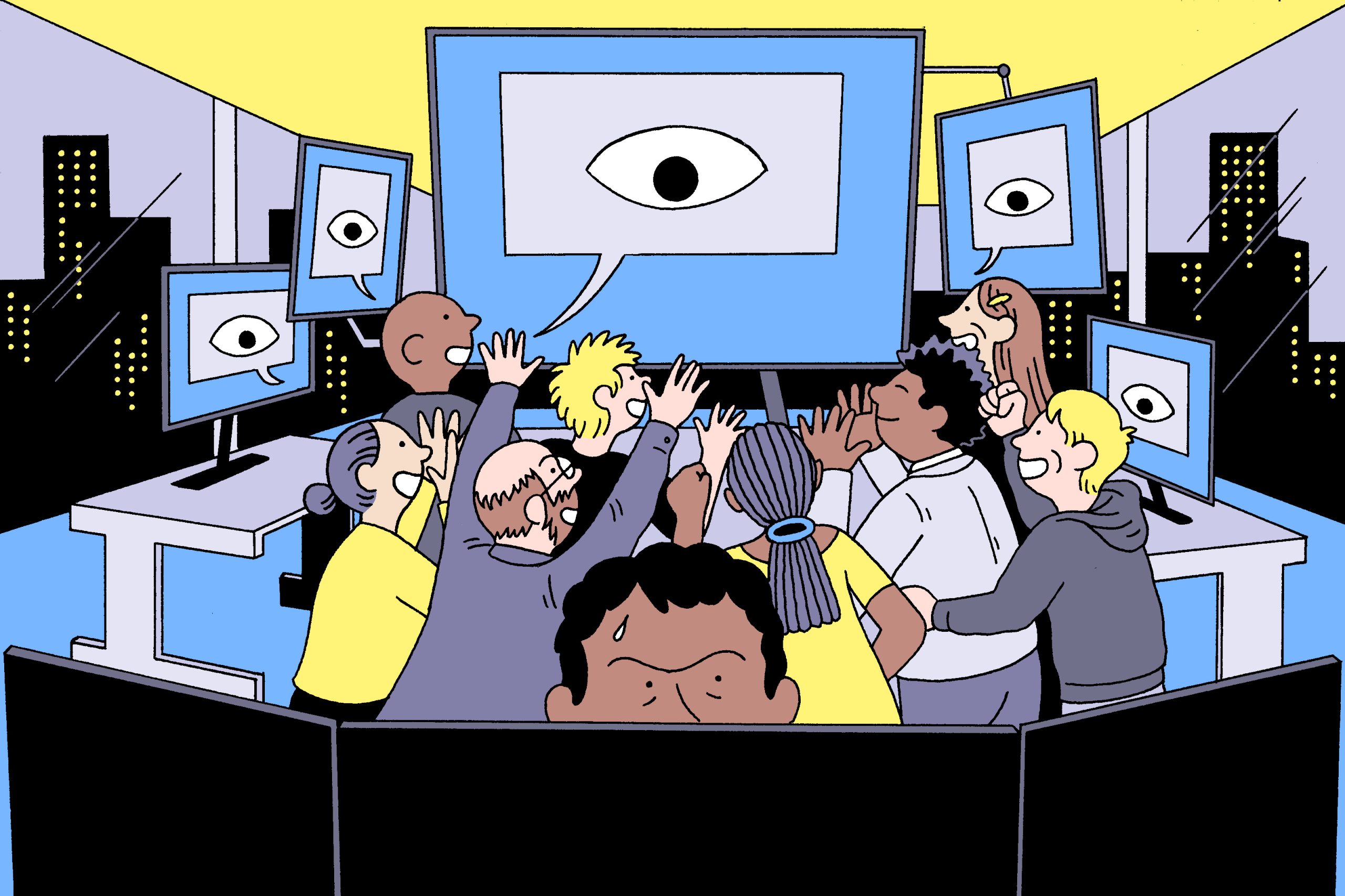Navigating the AI Avalanche: When Innovation Outpaces Impact
Artificial intelligence is rapidly transforming the workplace, promising increased efficiency and innovation. However, the rush to adopt AI solutions, particularly generative AI, can sometimes feel overwhelming, especially when driven by management without a deep understanding of the technology’s nuances and potential drawbacks. What happens when you, as an employee, feel that AI is being “shoved down your throat” at work? How can you responsibly push back against the unthinking integration of AI?
The Conscientious Objector’s Dilemma
The challenge is particularly acute for those working directly with AI, such as engineers and data scientists. These individuals often possess a more nuanced understanding of AI’s capabilities and limitations, as well as its ethical implications. They may find themselves in a position where they question the strategic direction of AI implementation, especially when it seems to prioritize novelty over genuine value creation or responsible use. This internal conflict, termed the “conscientious objector’s dilemma,” requires careful navigation.
Strategies for Responsible Resistance
So, how can employees effectively voice their concerns and advocate for a more measured approach to AI adoption? One strategy is to frame your concerns in terms of potential risks and downsides. Instead of simply stating opposition to AI, highlight the potential for unintended consequences, such as bias in algorithms, job displacement, or security vulnerabilities. Back up your arguments with data and evidence to make a compelling case for a more cautious approach.
Another important strategy is to propose alternative solutions or modifications to the proposed AI implementation. Show that you are not simply resistant to change but actively seeking ways to improve the process. This could involve suggesting alternative AI models, implementing stricter data governance policies, or incorporating human oversight into AI-driven workflows. By offering constructive alternatives, you demonstrate a commitment to finding the best possible solution, rather than simply obstructing progress.
Finding the Balance
Ultimately, navigating the AI revolution in the workplace requires a delicate balance between embracing innovation and exercising caution. By thoughtfully considering the ethical implications, potential risks, and alternative solutions, employees can play a crucial role in shaping the future of AI in a responsible and sustainable way. Pushing back against the “unthinking melee” of AI adoption is not about rejecting progress altogether, but about ensuring that AI is implemented in a way that benefits both the organization and society as a whole.
Based on materials: Vox





